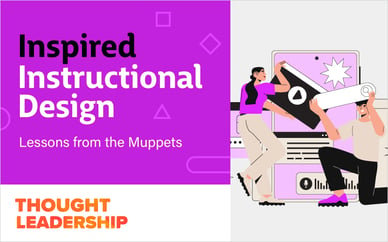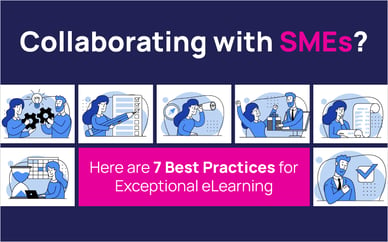Have you ever experienced a really bad teacher? My worst teacher, let’s call him Dr. Smith, was a professor who failed our entire class based on a poorly written exam question. What could possibly compel an instructor to set up an entire class to fail? What happened to him as a child that made him this way?
Now the answer to that last question may be a little out of the scope of this blog, but I think I can shed a little light on what was going on. For Dr. Smith, that class was all about him, not about me. I just occupied one of many seats. He was there to present the material. Whether it was relevant or not to me didn’t matter in his eyes—and it must not have been, because I took away very little from that experience beyond my disdain for Dr. Smith’s approach to learning.
As Instructional designers—or learning experience designers, as that’s really what we are these days— we have a super tough job to accomplish. We have to craft experiences that resonate with learners like the best teachers we ever had while trying to make sure we don’t become the careless, self-absorbed Dr. Smiths we’ve all experienced at some point.
This is a very exciting challenge to overcome. To help meet that challenge, I look to the principles of Human Centered Design (HCD).
HCD is a creative problem-solving process that involves building empathy for users and designing a solution that helps them achieve a clear goal. You may have heard this term before from the discipline of product design, aka user experience design or UX Design.
What does it mean to build empathy? Think about your favorite teacher. I bet they knew the class well enough to tailor what they were presenting to your specific needs—and they cared about meeting those needs. That is empathy. It is understanding and caring about the welfare of others enough to find ways to help them.
I’m sure for some of you superstars out there, that sounds pretty easy. But for the rest of us, this presents quite a challenge!
Fortunately, HCD actually offers a process-centered approach to getting inside the heads of our learners so we can be empathetic to their needs—and become better learning experience designers. In my next post, I’ll break that down step by step.
Until then, next time you’re about to present information, just stop and ask yourself a simple question: Who is my learner? That’s a simple step you can take to make sure you never become a Dr. Smith in the minds of your learners.
Stay tuned for Part 2!







